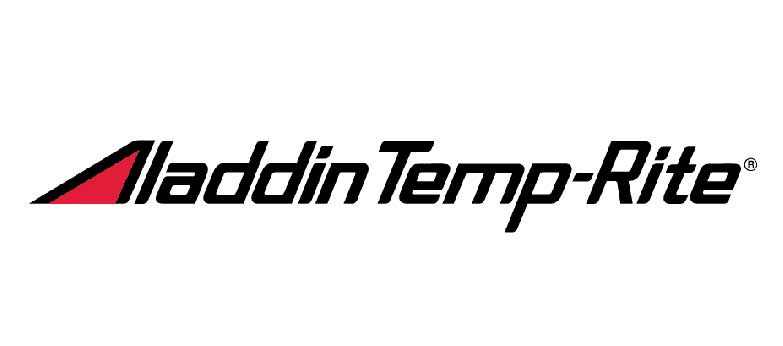What To Consider When Designing A Commercial Kitchen
Designing a commercial kitchen requires careful planning and consideration to ensure it is efficient, functional, and meets all the necessary safety and health standards.
Whether you’re setting up a restaurant, hotel, catering business, or any other food service establishment, here are some essential factors to consider when designing a commercial kitchen:
Space and Layout
The layout of your commercial kitchen should be designed to facilitate smooth workflow and prevent cross-contamination. It’s crucial to have designated areas for different tasks, such as food preparation, cooking, baking, washing, and storage. Keep in mind the space required for equipment, workstations, and walkways. An open and well-organised layout will enhance productivity and reduce the risk of accidents.
Compliance with Regulations
Adherence to local health and safety regulations is paramount in a commercial kitchen. Ensure that your design complies with building codes, fire safety regulations, ventilation requirements, and other relevant guidelines. Engage with the local health department to obtain necessary permits and inspections to operate legally.
Ergonomics and Accessibility
Consider the ergonomics of the kitchen design to minimise strain on staff. Place equipment at appropriate heights to avoid bending or stretching excessively. Additionally, ensure that the kitchen is accessible for all employees, including those with disabilities, by incorporating ramps or other accommodations as needed.
Quality and Functionality of Equipment
Invest in high-quality commercial-grade equipment that suits the specific needs of your kitchen. Consider factors such as cooking volume, energy efficiency, ease of cleaning, and warranties. Essential equipment may include ovens, stovetops, grills, fryers, refrigerators, freezers, and dishwashers. Choose reputable brands known for durability and performance.
Ventilation and Airflow
Adequate ventilation is essential in a commercial kitchen to remove heat, steam, grease, and odors. Proper ventilation systems help maintain a comfortable working environment and prevent the buildup of airborne contaminants. Consult with HVAC professionals to design an efficient ventilation system tailored to your kitchen’s size and cooking processes.
Safety and Fire Prevention
Implement safety measures to reduce the risk of accidents and fires. Install fire extinguishers, smoke detectors, and sprinkler systems at strategic locations. Make sure exits are clearly marked and unobstructed. Train staff on proper handling of equipment and adherence to safety protocols.
Sustainability and Energy Efficiency
Consider sustainable practices and energy-efficient equipment to reduce operating costs and minimise your kitchen’s environmental impact. Opt for energy-efficient appliances, LED lighting, water-saving fixtures, and recycling stations to promote sustainability.
Storage and Organisation
Ample and well-organised storage is essential in a commercial kitchen. Have separate storage areas for dry goods, perishables, and cleaning supplies. Utilise shelving, racks, and storage containers to keep ingredients and kitchen tools easily accessible and well-arranged.
Hygiene and Sanitation
Maintaining strict hygiene and sanitation practices is crucial in a commercial kitchen. Choose smooth and non-porous materials for countertops and surfaces that are easy to clean and sanitise. Have a regular cleaning schedule in place and enforce proper handwashing and hygiene protocols among the staff.
Future Expansion and Flexibility
Anticipate future growth and expansion when designing your kitchen. Leave room for additional equipment or workstations, should your business expand in the future. Flexibility in design will also allow you to adapt to changing menu offerings or cooking techniques.
In conclusion, designing a commercial kitchen requires meticulous planning and attention to detail. Consider the space, layout, compliance with regulations, equipment quality, ventilation, safety measures, sustainability, storage, hygiene, and future expansion. By prioritising these factors, you can create a well-organised, efficient, and safe kitchen that will contribute to the success of your food service establishment.































































































































